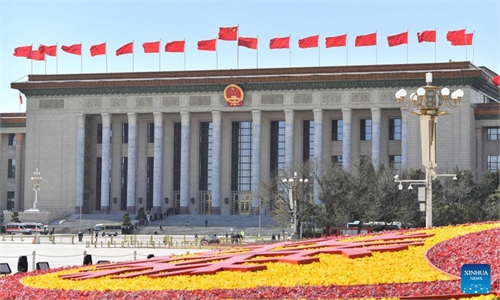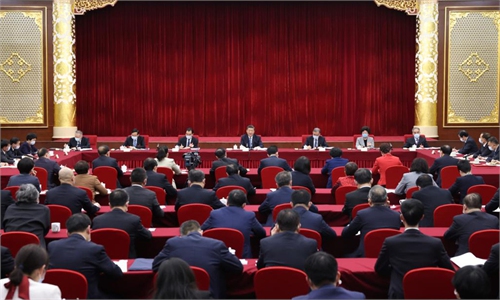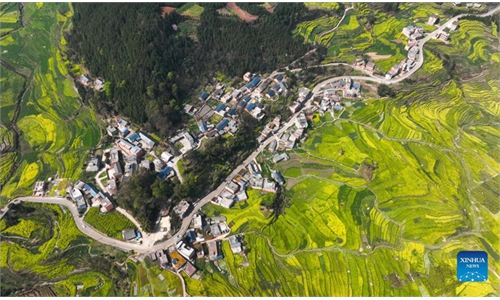ARTS / ART
High-tech 3D scanning helps preserve China's cultural heritage
Into digital future
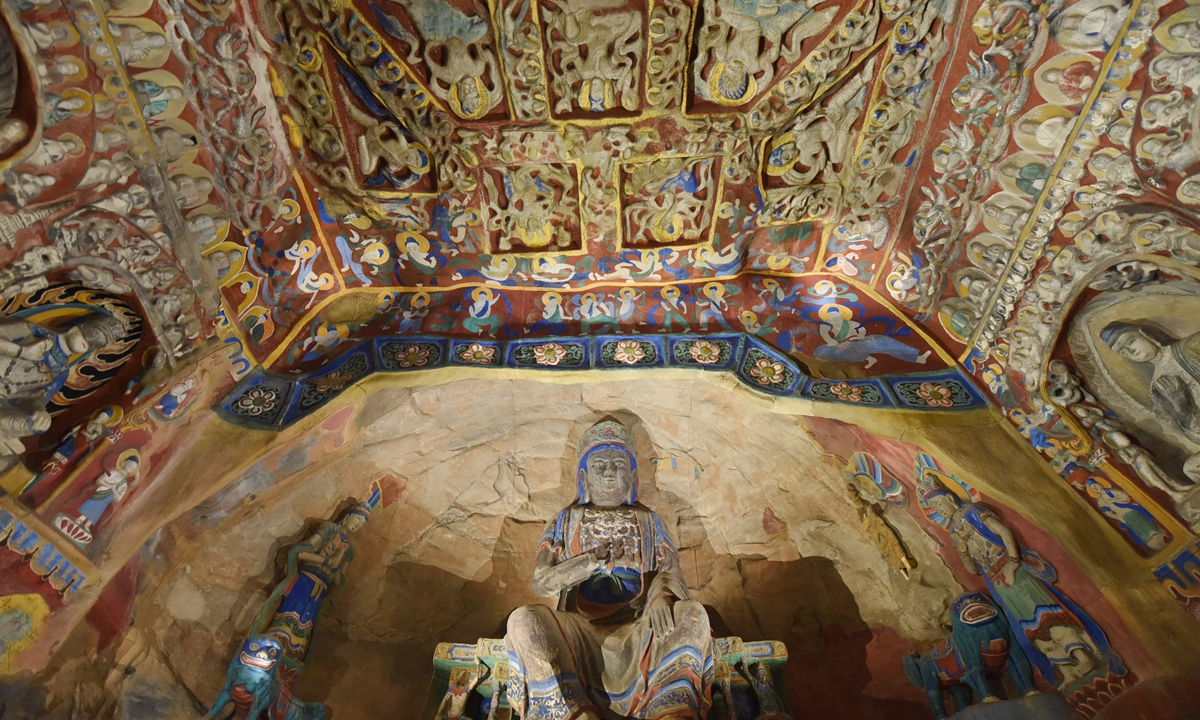
Visitors take a tour of a replica of the Yungang Grottoes made with 3D printing and high-fidelity digital technology in Hangzhou, East China's Zhejiang Province, on November 3, 2020. Photo: IC
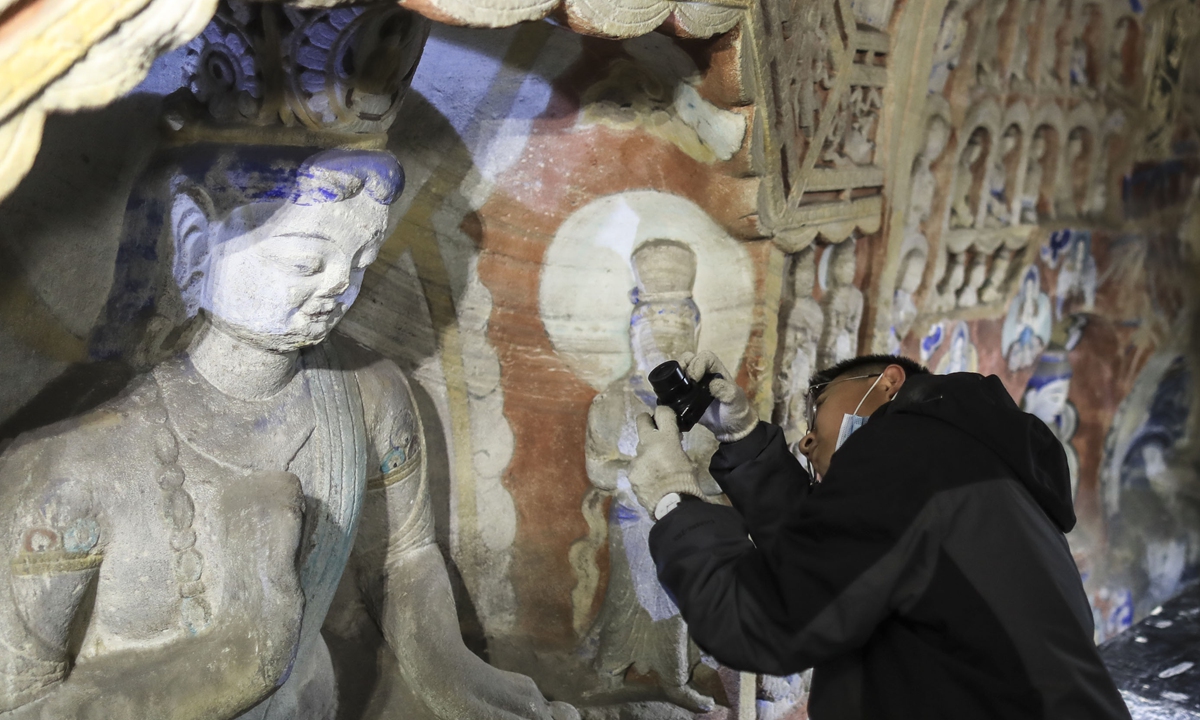
Visitors take a tour of a replica of the Yungang Grottoes made with 3D printing and high-fidelity digital technology in Hangzhou, East China's Zhejiang Province, on November 3, 2020. Photo: IC
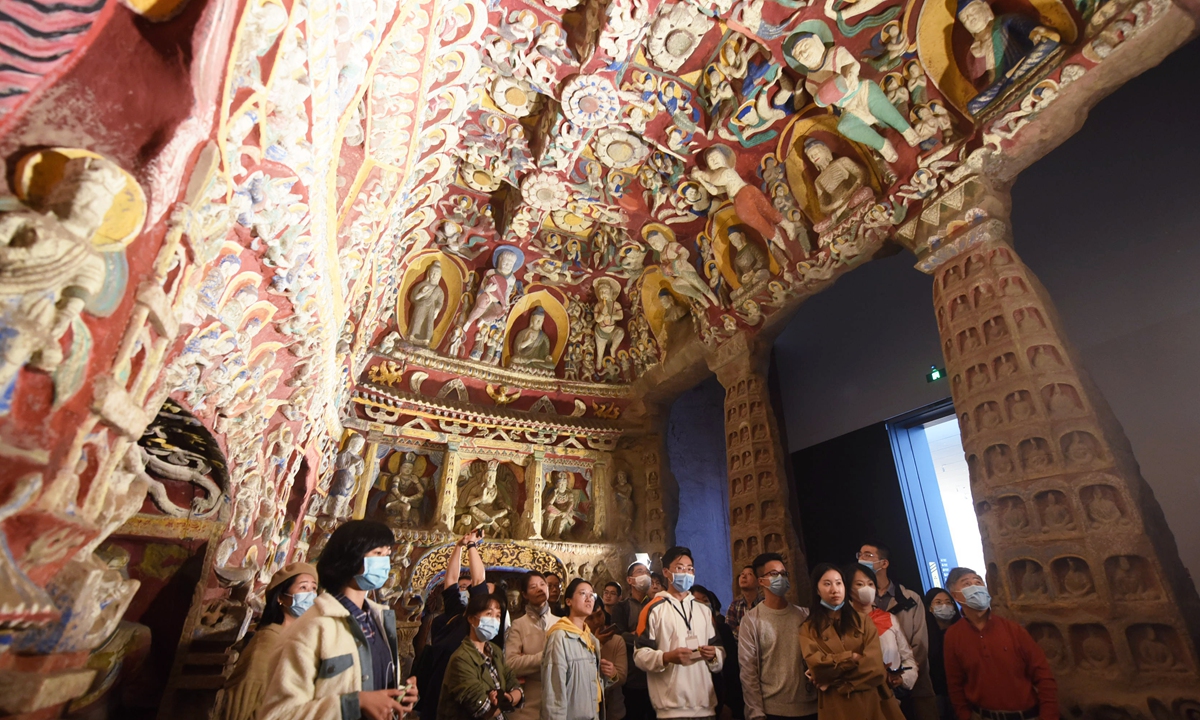
Visitors take a tour of a replica of the Yungang Grottoes made with 3D printing and high-fidelity digital technology in Hangzhou, East China's Zhejiang Province, on November 3, 2020. Photo: IC
A proposal to strengthen digital protection and inheritance of cultural heritage and expand the influence of Chinese culture earned wide support among Chinese cultural experts and archaeologists on Wednesday.
At the ongoing Two Sessions, Ma Huateng, also known as Pony Ma, founder, chairman and CEO of Tencent Holdings and a deputy to the 13th National People's Congress, introduced a proposal to promote the digitalization of cultural relics and museums and build a fully connected cultural heritage digital system across China. He noted that Chinese culture could become widely disseminated around the world by taking advantage of high-fidelity digital technologies.
Fei Jun, a professor at the Central Academy of Fine Arts and an expert in the digitalization of cultural relics and museums, told the Global Times on Wednesday that the proposal is indeed a good move for improving the protection of Chinese cultural relics.
"Digital representations of cultural heritage can raise public awareness about the cultural relics displayed in museums," said Fei.
As an experienced expert who has participated in digitalization projects at Beijing's Palace Museum and the Shanghai Museum, Fei said that China is leading the world in the technology.
Past successes
A large number of cultural sites such as the Palace Museum, the Old Summer Palace, the Dunhuang Academy and the Yungang Grottoes have already been making use of digital technology such as laser scanning, 3D modeling and photogrammetry for a long time, achieving great success in popularizing their collections among the public.
Zhang Zhuo, head of the Yungang Grottoes Research Institute, told the Global Times on Wednesday that experts at the grottoes started exploring digitalization in 2003 with the aim of permanently preserving the site's valuable cultural relics and historical documents.
They are currently continuing to perfect their data library and the construction of a virtual artifact display to restore the Yungang Grottoes back to their former glory during the Northern Wei Dynasty (386-534).
The Yungang Grottoes in Datong, North China's Shanxi Province, boast 45 major caves and more than 59,000 statues. They were inscribed on the UNESCO World Cultural Heritage list in 2001.
In 2020, the grottoes took their first step out into the wider world with a mobile 1:1 3D-printed replica of Cave No. 12, which debuted at the Museum of Art and Archaeology in East China's Zhejiang Province. The exhibition was open to visitors around the world both on site at the museum and online.
Cave No. 12, also known as the Music Cave, is 14 meters deep, 11 meters wide and nine meters high. The exhibit is the latest example of the integration of technology and heritage protection in China, according to Xinhua News Agency.
Zhang said that many cultural institutions, including the Metropolitan Museum of Art in the US, Harvard University and the Tokyo University of the Arts in Japan, have expressed an interest in the huge replica cave and cooperating with Chinese researchers on similar projects.
"We feel very proud that China's valuable heritage can enter the world stage with the help of high-fidelity digital technology," said Zhang.
He added that the proposal at the Two Sessions helps further lead the way to the digitalization of Chinese relics and museums.
But Fei pointed out that it is still very challenging to digitize artifacts as many museums lack the facilities. Meanwhile, how to introduce these cultural relics and attract visitors will require more talented and creative individuals coming into the field.
"In the future, Chinese museums will transform from digitalized museums into intelligent museums that can offer personalized cultural experiences," Fei said.

